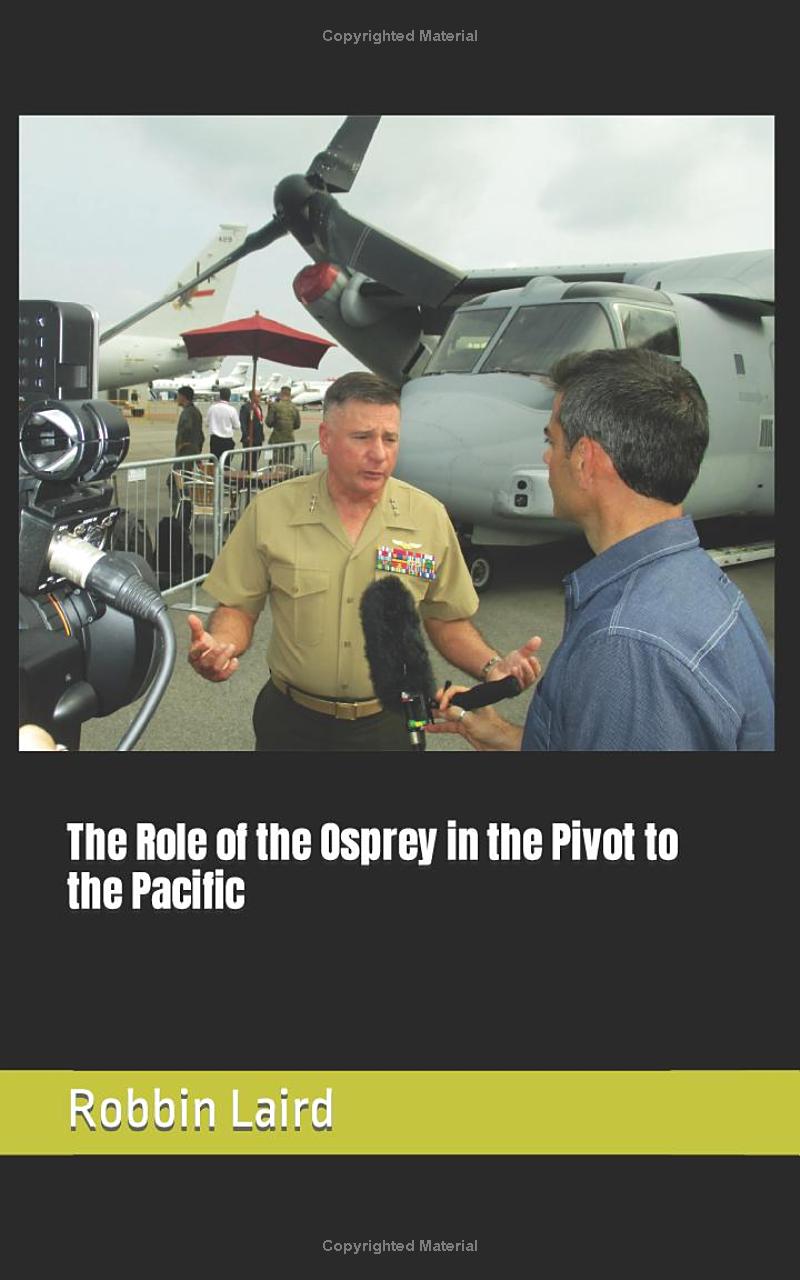Next year I am publishing a comprehensive book on the tiltrotor enterprise.
This capability is symmetrical to the shift to distributed operations for the U.S. and allied militaries.
This is an initial book which focuses on the role of the Osprey in this strategic shift, one which President Obama highlighted in terms of his “pivot to the Pacific.”
The book focuses on the Osprey, a multi-mission, tilt-rotor aircraft, and its role in the U.S. military’s shift towards distributed operations in the Pacific region.
The book highlights the Osprey’s impact on concepts of operations, its ability to support a distributed force, and its potential for innovation.
The book addresses two key questions: How does the Osprey’s unique capabilities impact the development of distributed operations? And what are the implications of the evolution of the Osprey as a multi-mission aircraft for U.S. forces in the Pacific.
In a podcast generated by Google’s NotebookLM app, a deep dive program discusses some of the themes of the book.




